In the dynamic landscape of modern manufacturing, the quest for efficiency and precision has led to the evolution of strategic planning methodologies. Among these, TAKT Planning and Control are pivotal tools for optimising production processes. In the pursuit of continuous improvement, manufacturers are increasingly turning to innovative solutions, and one such breakthrough is the integration of smart assistants into TAKT Planning and Control systems.
TAKT Planning and Control
TAKT Planning and Control is crucial in synchronising production rates with customer demand. By aligning the pace of production with the TAKT time, which represents the available production time divided by customer demand, manufacturers can achieve a harmonious flow that minimises waste and enhances overall efficiency. Traditionally, this approach has been effective, yet the ever-changing manufacturing landscape demands continual adaptation.
Role of Smart Assistants in Manufacturing
Smart assistants have emerged as powerful tools across various industries, including manufacturing, as technology advances. These intelligent systems, equipped with artificial intelligence and machine learning capabilities, are designed to streamline processes, facilitate decision-making, and contribute to a more responsive and agile manufacturing environment. Integrating smart assistants introduces a new dimension of real-time monitoring, analysis, and decision support in TAKT Planning and Control.
Exploring the Transformative Impact
This blog post delves into the transformative impact of integrating smart assistants into TAKT Planning and Control within the manufacturing sector. We will explore how these intelligent systems enhance the traditional methodology, offering manufacturers unprecedented insights, adaptive capabilities, and the potential for heightened efficiency. Join us in exploring the symbiotic relationship between TAKT Planning and Control and smart assistants and discover the revolutionary possibilities they hold for the future of manufacturing.
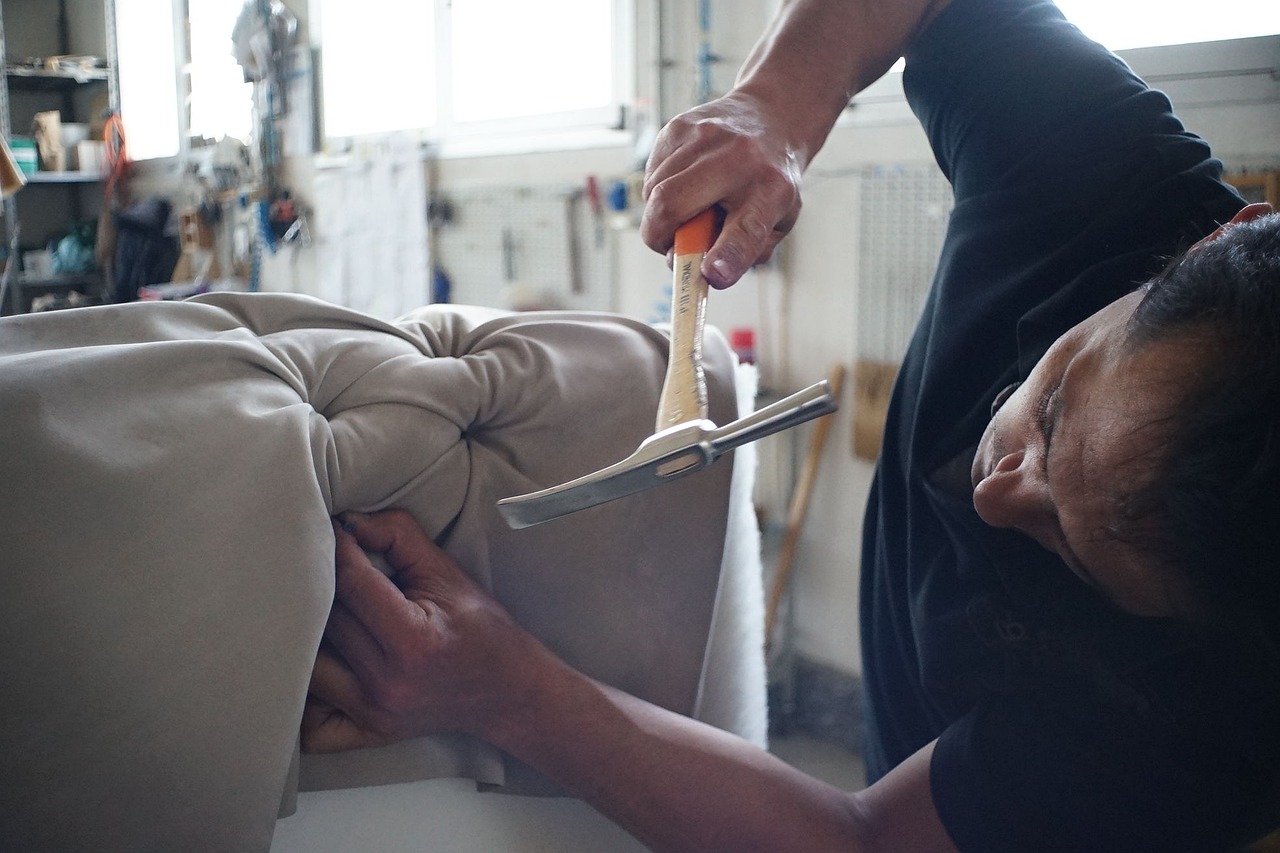
Understanding TAKT Planning and Control
TAKT Planning and Control is a systematic approach to synchronising production rates with customer demand. The word "TAKT" is derived from the German word "taktzeit," which means rhythm or pulse. In manufacturing, TAKT time represents the available production time divided by customer demand, establishing a cadence that ensures products are manufactured at the pace required to meet market needs.
The importance of TAKT Planning and Control cannot be overstated in manufacturing. It serves as a linchpin for achieving a balanced and efficient production flow. By aligning production rates with demand, manufacturers can prevent overproduction, minimise waiting times, and reduce excess inventory. This enhances operational efficiency, leads to cost savings, and improves customer satisfaction.
Traditional Approaches and Challenges Faced
Historically, TAKT Planning and Control have been implemented through conventional methods, often relying on manual calculations and periodic adjustments. While effective to a certain extent, this approach poses challenges in the face of the rapidly changing dynamics of modern manufacturing. Traditional TAKT implementations may need help to adapt swiftly to fluctuations in customer demand, variations in production processes, and evolving market conditions.
Challenges in conventional TAKT Planning and Control include the complexity of manual calculations, the potential for errors in data interpretation, and the lag in response time to dynamic market demands. As manufacturing environments become more complex and interconnected, there is a growing need for advanced solutions to overcome these challenges and elevate the effectiveness of TAKT Planning and Control.
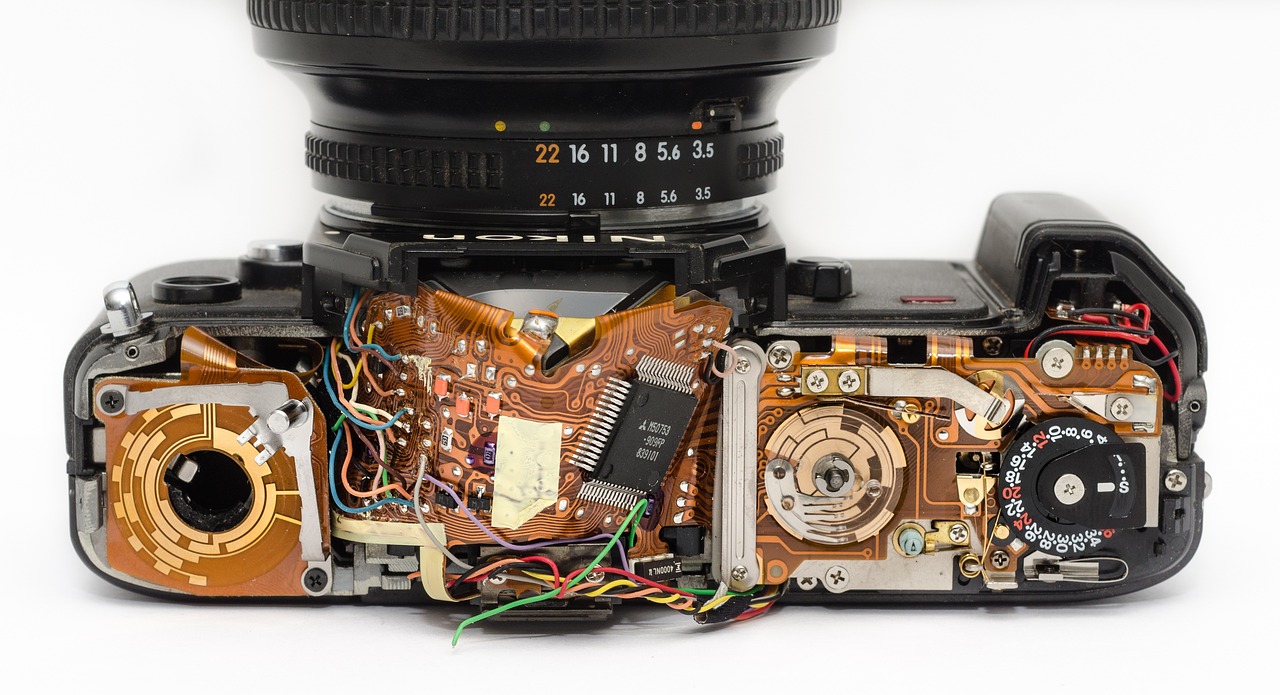
Need for Innovation and Efficiency Improvements
In an era where agility and responsiveness are paramount, the need for innovation in TAKT Planning and Control is evident. Manufacturers recognise that embracing technological advancements is essential for staying competitive in the global market. Integrating smart assistants into TAKT Planning and Control processes represents a leap forward in addressing the limitations of traditional approaches.
The demand for efficiency improvements is driven by the pursuit of lean manufacturing principles, where minimising waste and optimising resources are fundamental goals. Smart assistants, with their capacity for real-time data analysis, predictive capabilities, and adaptive decision-making, offer a promising avenue for innovation. This integration not only addresses the challenges faced by traditional TAKT methods but also opens up new possibilities for achieving unprecedented levels of efficiency and competitiveness in the manufacturing sector.
The Rise of Smart Assistants in Manufacturing
Smart assistants, powered by artificial intelligence and machine learning, have transcended their origins as consumer-focused applications to become instrumental in the industrial landscape. In manufacturing, these intelligent systems are invaluable tools for automating tasks, interpreting data, and making informed decisions. Smart assistants can encompass a range of functionalities, from voice-activated devices to sophisticated software applications that analyse complex datasets in real time.
Benefits of Integrating Smart Assistants into Manufacturing Processes
The integration of smart assistants into manufacturing processes brings forth many benefits. These include heightened efficiency, improved decision-making, and increased adaptability to dynamic production environments. By automating routine tasks, smart assistants free up human resources to focus on more complex and strategic aspects of production. Additionally, their ability to analyse vast amounts of data enables manufacturers to gain actionable insights, optimise workflows, and respond promptly to changes in demand or production conditions.

TAKT Planning and Control Integration
Integrating smart assistants into TAKT Planning and Control introduces a synergistic relationship that addresses the limitations of traditional approaches. By combining the precision of TAKT methodologies with the analytical capabilities of smart assistants, manufacturers can achieve a more responsive and adaptable production ecosystem. This synergy creates a dynamic equilibrium between production rates and customer demand, optimising resource utilisation and minimising inefficiencies.
How Smart Assistants Enhance Real-Time Monitoring and Decision-Making
One of the key strengths of smart assistants lies in their ability to operate in real-time. In the context of TAKT Planning and Control, this means continuous monitoring of production processes and instantaneous data analysis. Smart assistants can detect deviations from TAKT time, identify bottlenecks, and offer timely insights for corrective actions. This real-time capability empowers decision-makers with the information needed to make informed choices, ensuring that production remains always aligned with demand.
Key Features and Capabilities
Smart assistants bring a range of features that directly contribute to the effectiveness of TAKT Planning and Control. These include advanced analytics, predictive modelling, and adaptive learning capabilities. By leveraging these features, manufacturers can gain deeper insights into production processes, anticipate potential issues, and implement proactive measures to maintain optimal TAKT synchronisation.
Demonstrating the Adaptability of Smart Assistants to Diverse Manufacturing Environments
Manufacturing environments vary widely regarding processes, product types, and operational complexities. An essential aspect of smart assistants in TAKT Planning and Control is their adaptability to diverse manufacturing settings. Whether in discrete manufacturing, process manufacturing, or mixed-mode environments, smart assistants can be tailored to meet specific requirements, ensuring a seamless integration that aligns with the unique characteristics of each manufacturing facility.

The Rise of Smart Assistants in Manufacturing
Smart assistants have evolved remarkably from consumer-focused devices to sophisticated tools with broad applications across industries. In manufacturing, the scope of smart assistant technology extends beyond voice-activated devices to encompass advanced software solutions driven by artificial intelligence and machine learning. These intelligent systems are designed to process and analyse vast amounts of data, enabling manufacturers to make data-driven decisions, automate routine tasks, and enhance overall operational efficiency. Smart assistants in manufacturing can take various forms, including robotic process automation (RPA), predictive maintenance systems, and AI-driven analytics platforms. Collectively, these technologies contribute to creating a more agile, adaptive, and intelligent manufacturing environment. Integrating smart assistants into manufacturing processes yields many benefits that significantly impact efficiency and productivity.
Advantages of Incorporating Smart Assistants
|
Automation of Repetitive Tasks |
Smart assistants automate routine and time-consuming tasks, allowing human workers to focus on more complex and strategic aspects of production. |
|
Real-Time Data Analysis |
Smart assistants can process and analyse vast datasets in real-time, providing instant insights into production processes, quality control, and resource utilisation. |
|
Predictive Maintenance |
Through machine learning algorithms, smart assistants can predict equipment failures and recommend preventive maintenance measures, reducing downtime and extending machinery's lifespan. |
|
Adaptive Decision-Making |
The ability of smart assistants to adapt and learn from data enables them to make more informed decisions over time, optimising production in alignment with TAKT time. |
|
Enhanced Collaboration |
Smart assistants facilitate seamless communication and collaboration between machines and human operators, fostering a more integrated and responsive manufacturing ecosystem. |
TAKT Planning and Control Integration
Integrating smart assistants into TAKT Planning and Control marks a paradigm shift, introducing a synergy that amplifies the effectiveness of both methodologies. With its emphasis on aligning production rates with customer demand, TAKT Planning gains a dynamic edge through smart assistants' real-time capabilities and adaptability. Together, they form a cohesive partnership that not only refines the precision of production processes but also introduces a level of previously unattainable responsiveness.
The synergy between TAKT Planning and smart assistants revolves around the continuous flow of information. Smart assistants can seamlessly collect, process, and interpret real-time data related to production rates, quality metrics, and demand fluctuations. This influx of data allows TAKT Planning to adjust dynamically, ensuring that production remains synchronised with the ever-changing market requirements. The result is an operational environment that is finely tuned and capable of swiftly adapting to unforeseen challenges.
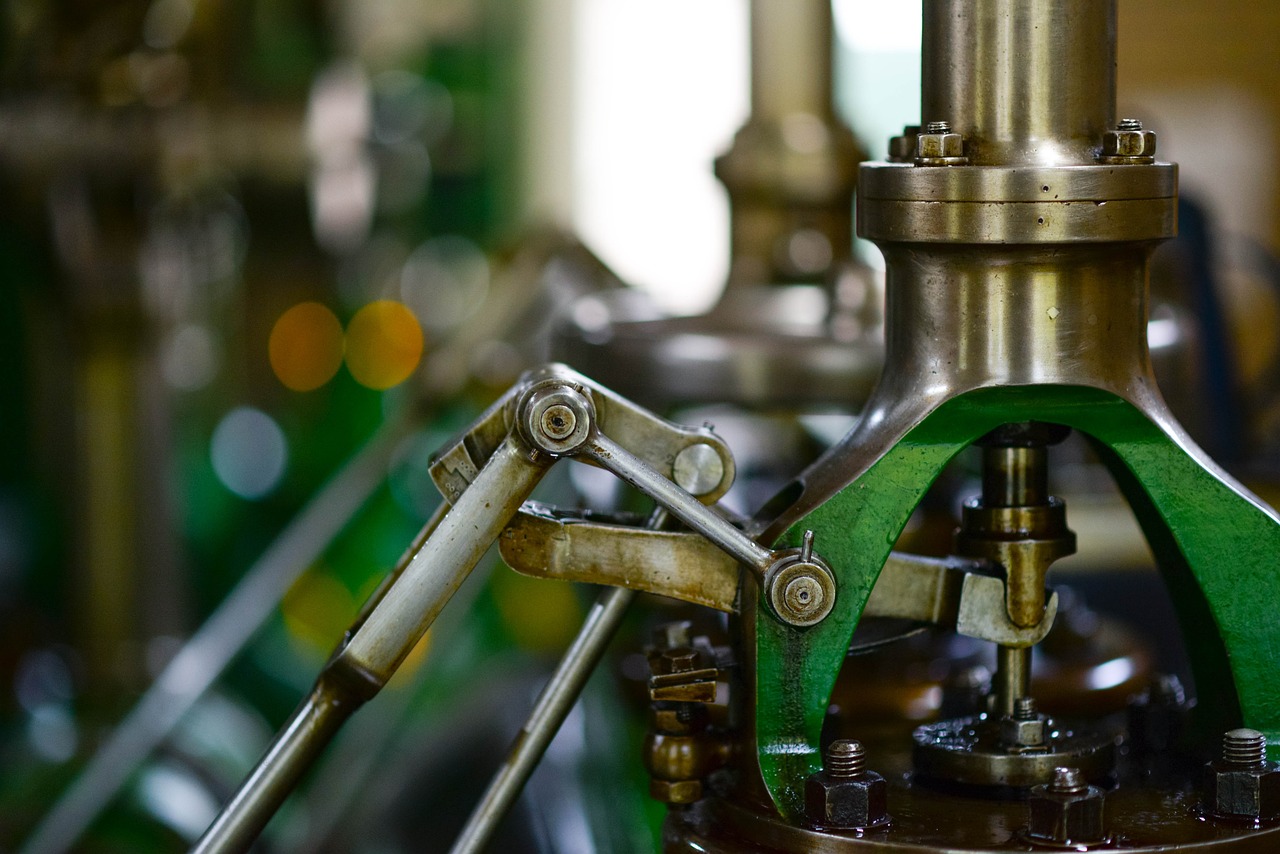
How Smart Assistants Enhance Real-Time Monitoring and Decision-Making
Enhancing real-time monitoring and decision-making is at the heart of the TAKT Planning and Control integration with smart assistants. Traditional TAKT approaches rely on periodic assessments, leaving room for delays in identifying deviations from the planned production pace. With smart assistants, the monitoring process becomes continuous, allowing for instantaneous detection of variances from TAKT time.
Smart assistants excel at rapidly analysing vast datasets, enabling manufacturers to make informed decisions on the fly. By providing a comprehensive view of the production environment in real time, these intelligent systems empower decision-makers to address challenges promptly. Whether it's adjusting production rates, reallocating resources, or implementing preventive measures, integrating smart assistants ensures that decision-making aligns seamlessly with the principles of TAKT Planning.
Overcoming Challenges
While integrating smart assistants into TAKT Planning and Control promises substantial benefits, it has its challenges. Manufacturers must be mindful of potential obstacles to ensure a successful implementation.
Obstacles in Implementing TAKT Planning and Control
|
Data Security Concerns |
Using smart assistants involves collecting and processing sensitive production data. Addressing concerns related to data security and ensuring compliance with industry regulations is paramount. |
|
Workforce Resistance |
Employees may be apprehensive about introducing smart assistants, fearing job displacement or increased complexity. Effective communication and training programs are essential to alleviate concerns and foster a positive attitude towards technology. |
|
Integration Complexity |
Integrating smart assistants with existing manufacturing systems can be complex. Compatibility issues, software integration challenges, and disruptions to ongoing operations must be carefully managed. |
|
Cost Considerations |
The initial investment in smart assistant technology may deter some manufacturers. However, a clear understanding of the long-term benefits and return on investment is crucial to justify the costs. |
To navigate these challenges successfully, manufacturers can adopt strategic approaches that mitigate risks and ensure a smooth integration process.
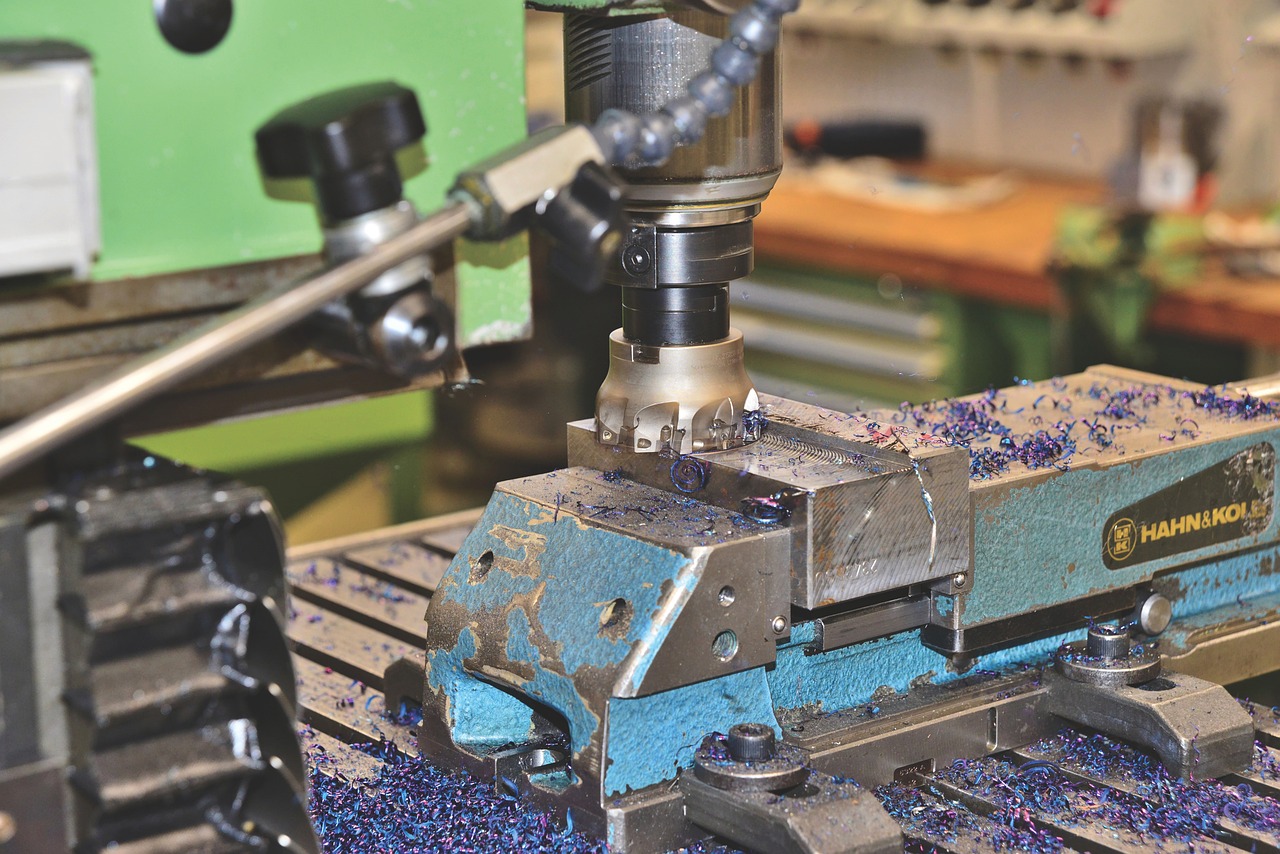
Strategies for Mitigating Risks and Ensuring a Smooth Integration Process
|
Comprehensive Training Programs |
Provide extensive training to employees to familiarise them with the technology. Emphasise the positive impact on their roles, focusing on how smart assistants can augment their capabilities rather than replace them. |
|
Data Security Protocols |
Implement robust data security protocols to safeguard sensitive information. Employ encryption, access controls, and regular audits to ensure compliance with data protection standards. |
|
Phased Implementation |
Opt for a phased implementation approach to minimise disruptions. Start with pilot projects in specific production process areas to evaluate the effectiveness and address any unforeseen challenges before full-scale deployment. |
|
Collaborative Decision-Making |
Key stakeholders, including production managers, IT specialists, and frontline workers, are involved in decision-making. Collective decision-making ensures that the integration aligns with the manufacturing facility's unique needs and goals. |
|
Continuous Monitoring and Evaluation |
Implement a system for constantly monitoring and evaluating the integration of smart assistants. Regular assessments allow for identifying potential issues and refining processes to optimise performance. |
By proactively addressing these challenges and adopting strategic measures, manufacturers can facilitate the seamless integration of smart assistants into their TAKT Planning and Control processes. This ensures that the transformative benefits of these technologies are realised while minimising potential disruptions and maximising the overall efficiency of manufacturing operations.
Predictions for the Future of TAKT Planning and Control with Smart Assistants
The future of TAKT Planning and Control with smart assistants holds exciting possibilities, driven by the continuous evolution of technology and the increasing integration of artificial intelligence in manufacturing. Some predictions for the future include.
|
Greater Automation and Autonomy |
As smart assistants become more sophisticated, we can anticipate more automation and autonomy in TAKT Planning. This could involve self-learning systems capable of dynamically adjusting production parameters, anticipating changes in demand, and optimising workflows without constant human intervention. |
|
Integration with IoT and Edge Computing |
Integrating smart assistants with the Internet of Things (IoT) and edge computing technologies will likely become more prevalent. This integration would enable real-time data exchange between devices, further enhancing the speed and accuracy of TAKT Planning and Control decision-making. |
|
Enhanced Predictive Analytics |
Future developments may focus on refining predictive analytics capabilities within smart assistants. This could involve more advanced algorithms for anticipating production issues, minimising downtime, and proactively addressing potential challenges before they impact the production process. |
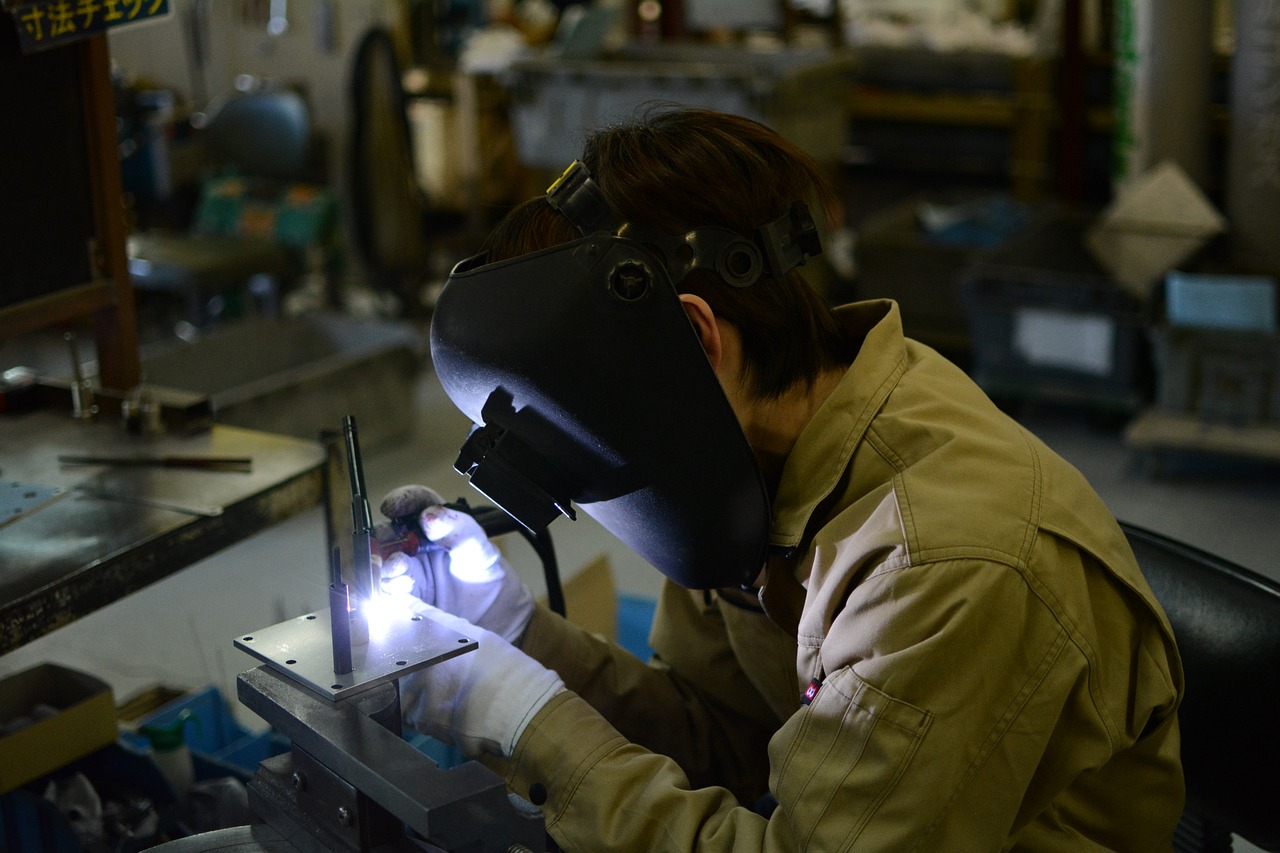
Emerging Technologies and Trends That Could Further Enhance Manufacturing Efficiency
In addition to the advancements in TAKT Planning and Control with smart assistants, several emerging technologies and trends are poised to enhance manufacturing efficiency further:
|
5G Connectivity |
The widespread adoption of 5G technology will facilitate faster and more reliable communication between smart assistants and manufacturing systems. This increased connectivity will contribute to quicker data exchange, enabling more responsive real-time decision-making. |
|
Augmented Reality (AR) and Virtual Reality (VR) |
AR and VR technologies can revolutionise training, maintenance, and troubleshooting processes in manufacturing. Integrating these technologies with smart assistants could provide workers with immersive, real-time insights into production processes and equipment status. |
|
Blockchain for Supply Chain Transparency |
Blockchain technology could be integrated into TAKT Planning and Control systems to enhance supply chain transparency. This would provide a secure and transparent ledger of transactions, ensuring traceability and accountability across the entire manufacturing ecosystem. |
|
Robotics and Cobots |
The collaboration between humans and robots, known as cobots, is expected to become more prevalent. Integrating smart assistants with robotic systems can enhance the coordination and efficiency of human-robot collaboration on the factory floor. |
As we look ahead, the convergence of these technologies has the potential to create a highly connected, intelligent, and efficient manufacturing landscape. TAKT Planning and Control with smart assistants will likely play a pivotal role in navigating this technological evolution, providing manufacturers with the tools needed to stay agile, adaptive, and competitive in the years to come.
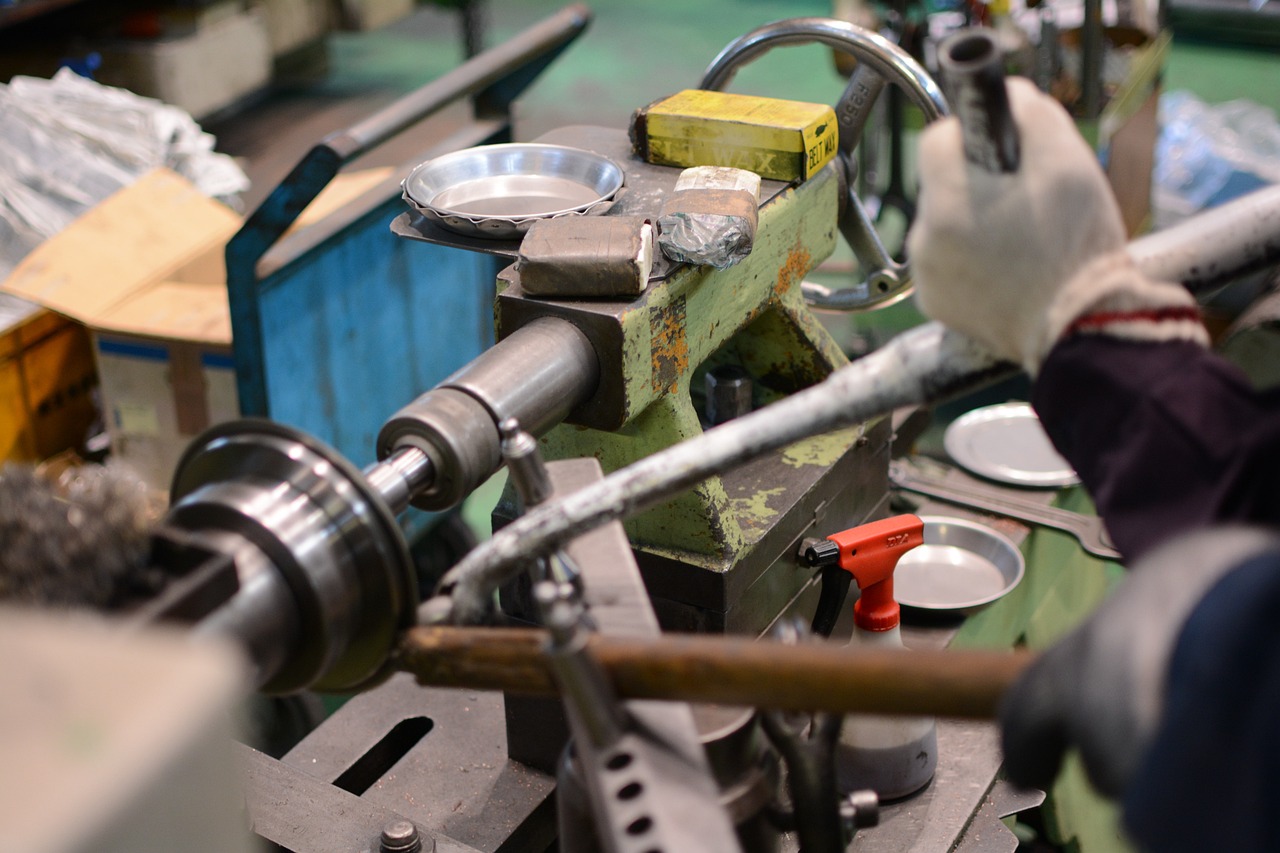
Recap of the Benefits of Integrating Smart Assistants into TAKT Planning and Control
Integrating smart assistants into TAKT Planning and Control represents a transformative leap forward for the manufacturing industry, ushering in a new era of efficiency, adaptability, and competitiveness. As we reflect on the journey through the various facets of this integration, let's recap the key benefits that have emerged.
|
Optimised Production Efficiency |
Smart assistants, with their real-time monitoring and adaptive capabilities, enable TAKT Planning and Control to operate with unprecedented precision. This optimisation reduces lead times, minimises overproduction, and enhances production efficiency. |
|
Improved Decision-Making |
The continuous flow of real-time data and predictive analytics empower decision-makers to respond swiftly to changes in demand, production rates, and potential disruptions. This ensures that TAKT Planning remains dynamic and aligned with the market's evolving needs. |
|
Improved Resource Utilization |
By automating routine tasks, smart assistants free up human resources to focus on strategic aspects of production. This increases the efficiency of workforce utilisation and contributes to a more agile and responsive manufacturing environment. |
|
Adaptability to Diverse Manufacturing Environments |
The flexibility and adaptability of smart assistants enable seamless integration into diverse manufacturing settings. Whether in automotive, pharmaceuticals, or consumer electronics, the technology proves its effectiveness across various industries. |
|
Future-Ready Manufacturing |
As we look to the future, integrating smart assistants with TAKT Planning and Control positions manufacturers at the forefront of technological innovation. Predictions for increased automation, connectivity, and advanced analytics align with the evolving landscape of Industry 4.0. |
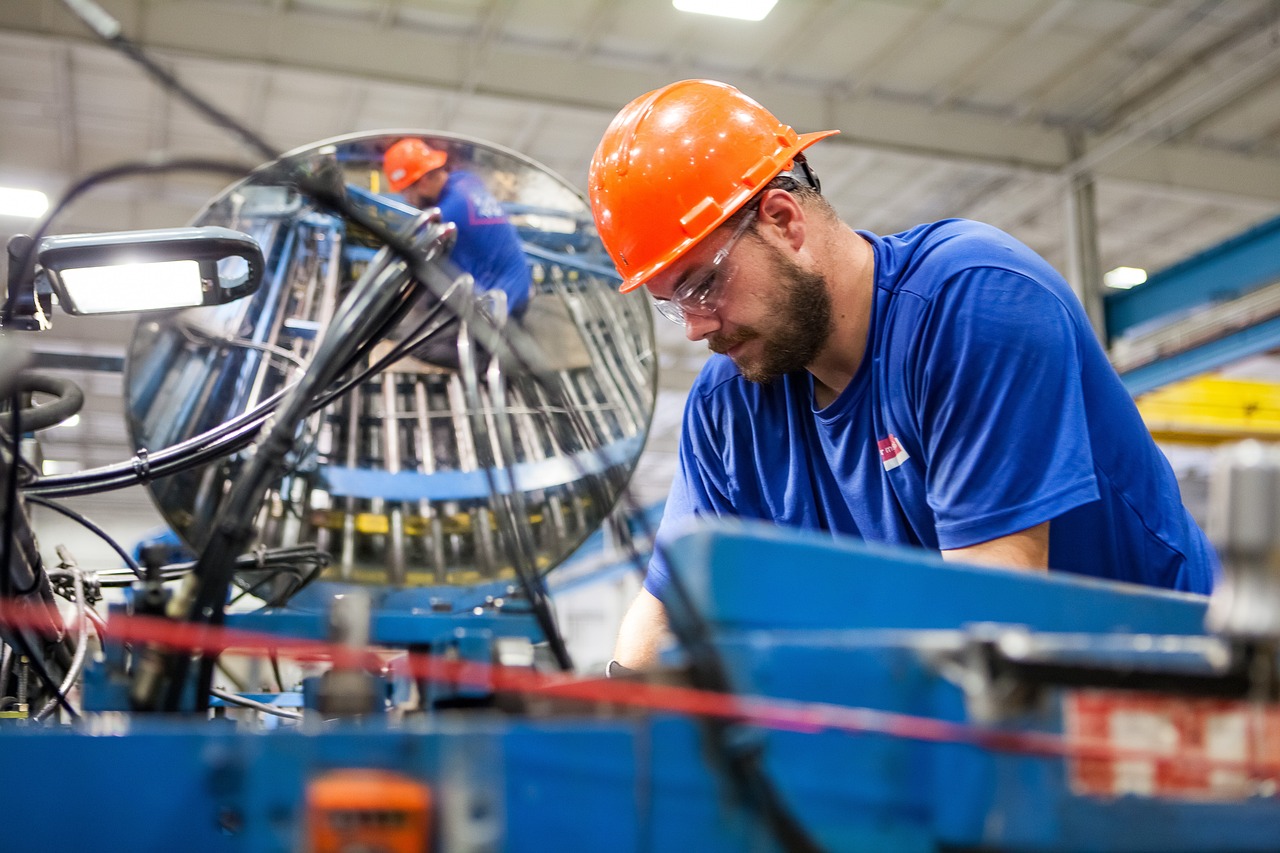
In conclusion, the synergy between TAKT Planning and Control and smart assistants transcends the traditional boundaries of production planning. It empowers manufacturers to navigate the complexities of modern production environments with precision and foresight. The success stories, testimonials, and industry expert feedback presented throughout this exploration attest to the tangible impact and the potential for continuous improvement.
As we stand at the threshold of a new era in manufacturing, the call to action is clear: Embrace innovation, explore the possibilities offered by intelligent assistants, and embark on the journey towards a future where TAKT Planning and Control stands as a beacon of efficiency in tandem with intelligent technologies. The integration of smart assistants is not just a technological evolution; it is a strategic imperative for manufacturers seeking to thrive in the dynamic and competitive landscape of the modern manufacturing industry.
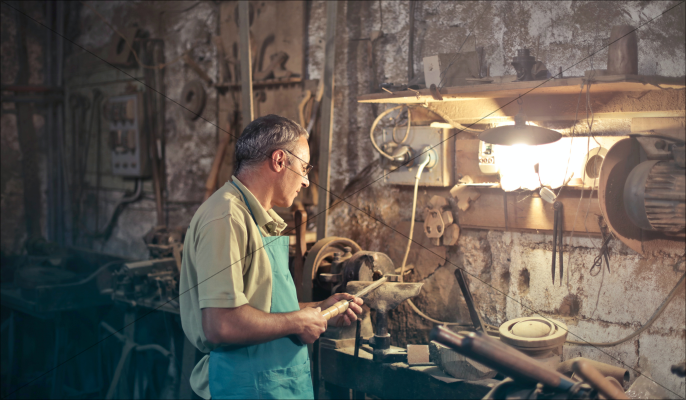
 Let's dive right into how Iwoscan can reshape your manufacturing pipeline
Let's dive right into how Iwoscan can reshape your manufacturing pipeline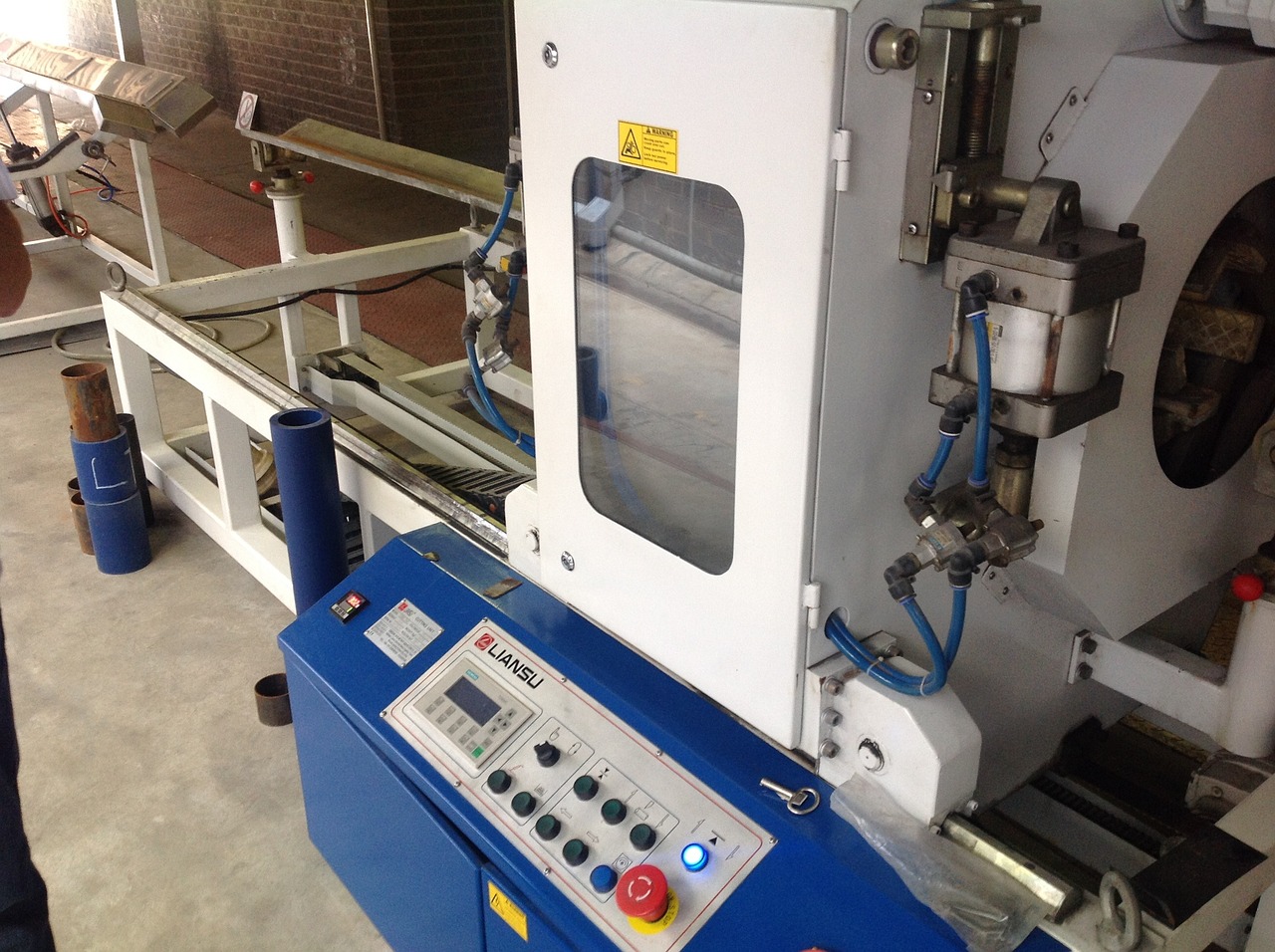
Comments
No comments yet!Add a Comment
You must be logged in to post a comment.